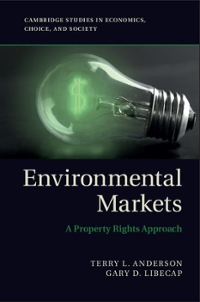Question
Consider a world composed of two countries, Home (H) and Foreign (F). Individuals living in each country i H, F have preferences over two goods
Consider a world composed of two countries, Home (H) and Foreign (F). Individuals living in each country i H, F have preferences over two goods x and y. In each country there is only one factor of production, labour, which is perfectly mobile between industries but immobile between countries. The total labour endowment at Home is LH 10 and the total labour endowment in Foreign is LF 10. The marginal product of labour in each industry is constant. At Home, one worker can produce 2 units of good x or 1 unit of good y per unit of time; at Foreign one worker can produce 1 unit of good x or 2 units of good y per unit of time. Assume that consumers in Home and Foreign always consume goods x and y in the same quantity regardless of their prices. That is, Cxi Cyi, i H, F.
(a) Calculate the opportunity cost of producing one additional unit of good x in terms of units of good y in Home and Foreign. [2 marks]
(b) Derive the production possibilities frontier (PPF) for Home and Foreign and plot it in a graph with good x in the horizontal axis and good y in the vertical axis. [3 marks]
(c) Determine the equilibrium price of good x (setting the price of good y as 1) that prevails at Home and Foreign under autarky - that is, when they do not trade with each other. Explain why any other price could not be the equilibrium price in autarky. [3 marks]
(d) Determine the optimal consumption and production at Home and Foreign under autarky. Depict this situation in a graph that includes each country's PPF and indifference curves for the representative consumer. [3 marks]
(e) Assume that Home and Foreign open to trade with each other. Explain how is the pattern of trade (which good will each country export and import) determined [3 marks]
(f) Suppose that the equilibrium price of good x (keeping the price of good y as 1) is equal to 1. Determine the optimal production and consumption both at Home and Foreign when they open up to trade. Depict this in graph. [4 marks]
(g) Explain how is the production structure (i.e. which goods are produced) affected in each country by opening up to trade. Is this consistent with the empirical evidence we observe in reality? How can this model be modified to produce a less stark result? [3 marks]
(h) Suppose you conduct an opinion poll among individuals at Home, in which you ask them whether they have benefitted from international trade. What do you predict the response would be? Is this consistent with the empirical evidence we observe about people's support for free trade in reality?
Step by Step Solution
There are 3 Steps involved in it
Step: 1

Get Instant Access to Expert-Tailored Solutions
See step-by-step solutions with expert insights and AI powered tools for academic success
Step: 2

Step: 3

Ace Your Homework with AI
Get the answers you need in no time with our AI-driven, step-by-step assistance
Get Started


